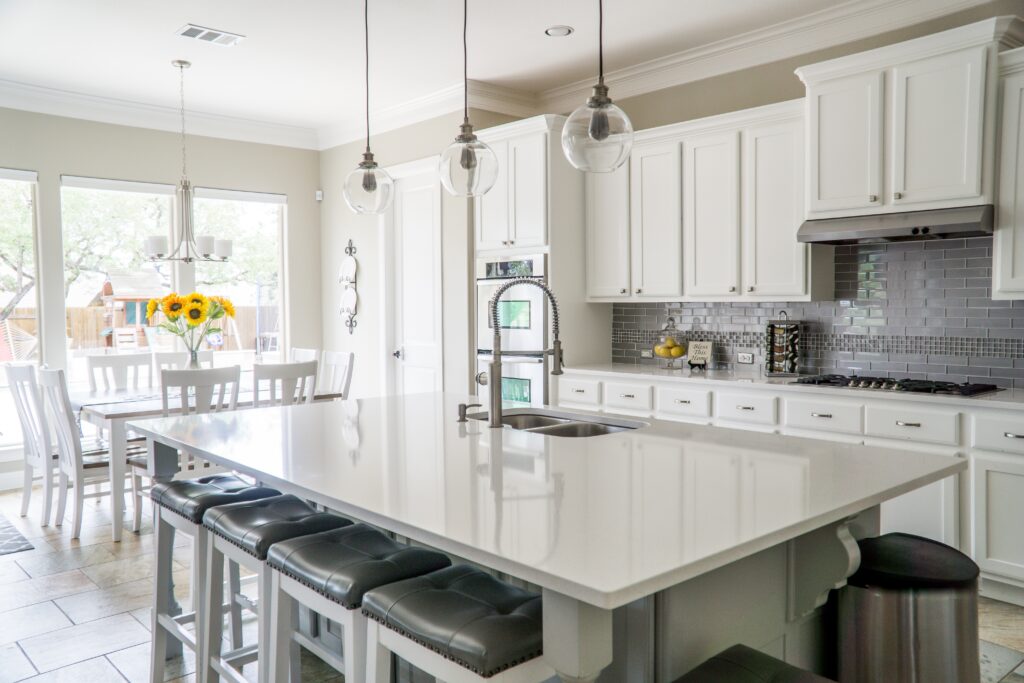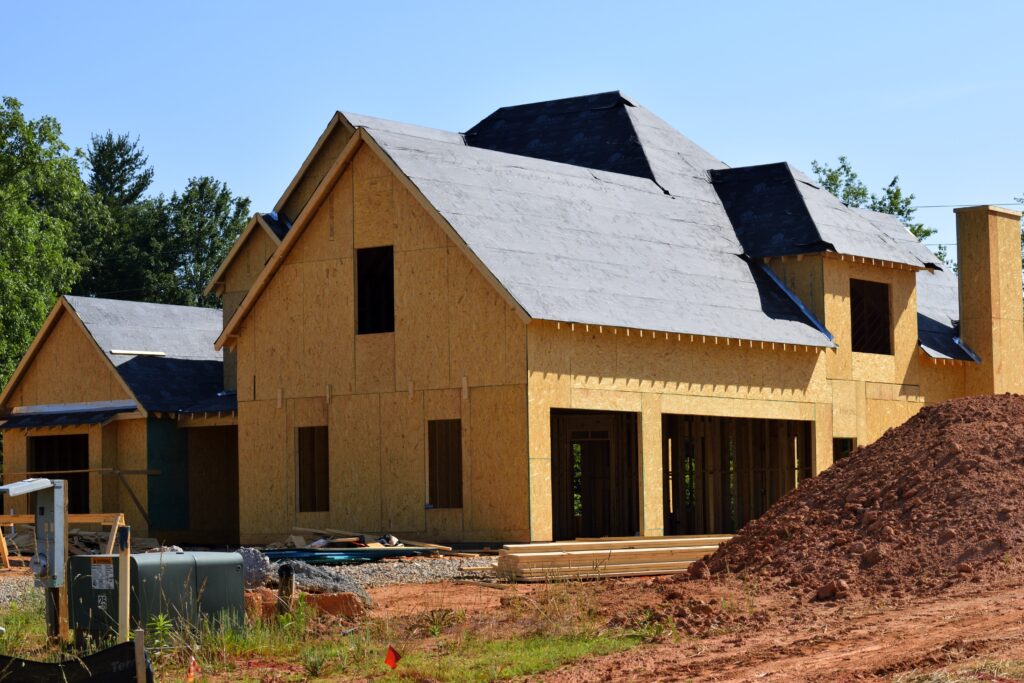Replacement Cost vs. Market Value: How much home insurance do you need?
Home values have been steadily rising in Colorado in recent years. Because of that, we’ve gotten many questions about why the dwelling limit on a home policy is lower than the market value of the home. Many homeowners are concerned when the dwelling limit is lower than the amount they could sell their home for.
An insurance company is never going to sell your home, just rebuild it. You should insure your home for the amount it would cost to rebuild your home. Not what the real estate market estimates it is worth.
Market values and rebuild costs can differ greatly. In some areas, the cost to rebuild is lower than market values. In Colorado that is due to the inflated cost of land. For example, your home may appraise for $500,000, but that includes the cost of the land. It may only cost $400,000 to rebuild the home in the event of a total loss.
How do you know if you have enough home insurance?

Most carriers use a Replacement Cost Estimator (RCE) to determine the estimated cost to rebuild a home in the event of a total loss. When filling out the RCE, we can get very specific with the details in the home.
The RCE will factor in things like square footage, the foundation (basement, slab, etc.), the number of bathrooms, and the finishes in the home, like flooring, counters and cabinets.
For homes with higher end finishes, we can go even more in-depth. We can input the light fixtures, crown or base molding, and special features like theatre rooms, build in speakers, wet bars, and wine cellars.
By filling out the RCE, we can help you determine how much home insurance you really need.
That being said, the RCE is only an estimate and the costs of labor and materials are constantly changing. The actual cost to rebuild your home may even change over an annual policy term.
For example, when COVID-19 hit, the cost of lumber skyrocketed. So it now costs more to rebuild a home than it did before the pandemic.
To account for inflation and increasing construction costs, we recommend Extended Dwelling Coverage. Extended Dwelling Coverage provides an additional percentage of your dwelling limit. It’s usually either an extra 25% or 50%, which can extend if there is a loss.
Example: Your dwelling limit is $100,000 and you have 25% of Extended Dwelling Coverage. If there was a significant loss to your home you’d have up to an extra $25,000 to cover any costs that exceed your dwelling limit.
Most insurance companies state that your dwelling limit needs to reflect the actual features of your home. Your home has to be correctly insured for the Extended Dwelling Coverage to extend.
You can’t underinsure your home and then count on the additional percentage of coverage to fill that gap. That’s why it’s important to notify your agent if you make any significant changes to the home. If you finish the basement or upgrade your kitchen or bathroom, you need to update the RCE.
Home insurance coverage is designed to rebuild your home, not pay you the market value. That means if you insure your home based on what you could sell it for, you may be paying higher premiums for no reason.
What about a newly built home?
Sometimes the dwelling limit on a brand new home is higher than the price paid to build the home. That may seem counter-intuitive, but there are several factors that can make it more expensive to rebuild the home.
First, when a new home is being built, it’s often built with a group of homes or as a new subdivision. When that’s the case, it costs less to build each home than it would to build one home by itself.

For example, once the contractors pour the foundation for one home, they can move on to the next one and pour that foundation. If only one home is being built, the contractors generally have to wait for the foundation to harden before they can start on the next step.
While they are waiting, those contractors are still getting paid. If they weren’t getting paid, they’d go out and find new work and the builder would have to find new contractors.
Since contractors can’t multi-task as much when only one home is being built, it tends to cost more in labor hours.
When multiple homes are being built, the contractors are often able to buy the required materials in bulk. That gives them a discounted rate. When only one home is being built, they’re buying the piping, flooring, wiring, toilets, sinks, bathtubs, and so on for one house rather than many houses. That increases the cost for materials.
Debris removal is another cost that people often overlook.
Most policies include coverage to remove the debris after a loss. The cost of debris removal can be significant.

Many counties have an ordinance that requires demolition when a certain percentage of the home is damaged, usually 60% or more. So even if there are parts that are salvageable, the whole thing might need to be rebuilt.
In cases like this, your dwelling value isn’t only covering the rebuilding of your home. It’s also covering the demolition of the undamaged portion of your home and the cost of hauling away that debris.
Debris removal or demolition isn’t usually a factor when a home is first being built. Most of the time, the house is being built on vacant ground.
Are you curious about if your home is insured for the right amount? Give us a call or get a quote today. We’re here to help!
- My boat is already paid for and rarely used. Should I still invest in boat insurance?
- Wondering If Homeowners Insurance Is A Smart Investment? What to Know
- Commercial Insurance: Security Upgrades For An Office Setting
- The Difference Between Classic, Historic, Vintage, and Restored Automobiles
- Recreational Drone Insurance: Flying with Peace of Mind






















